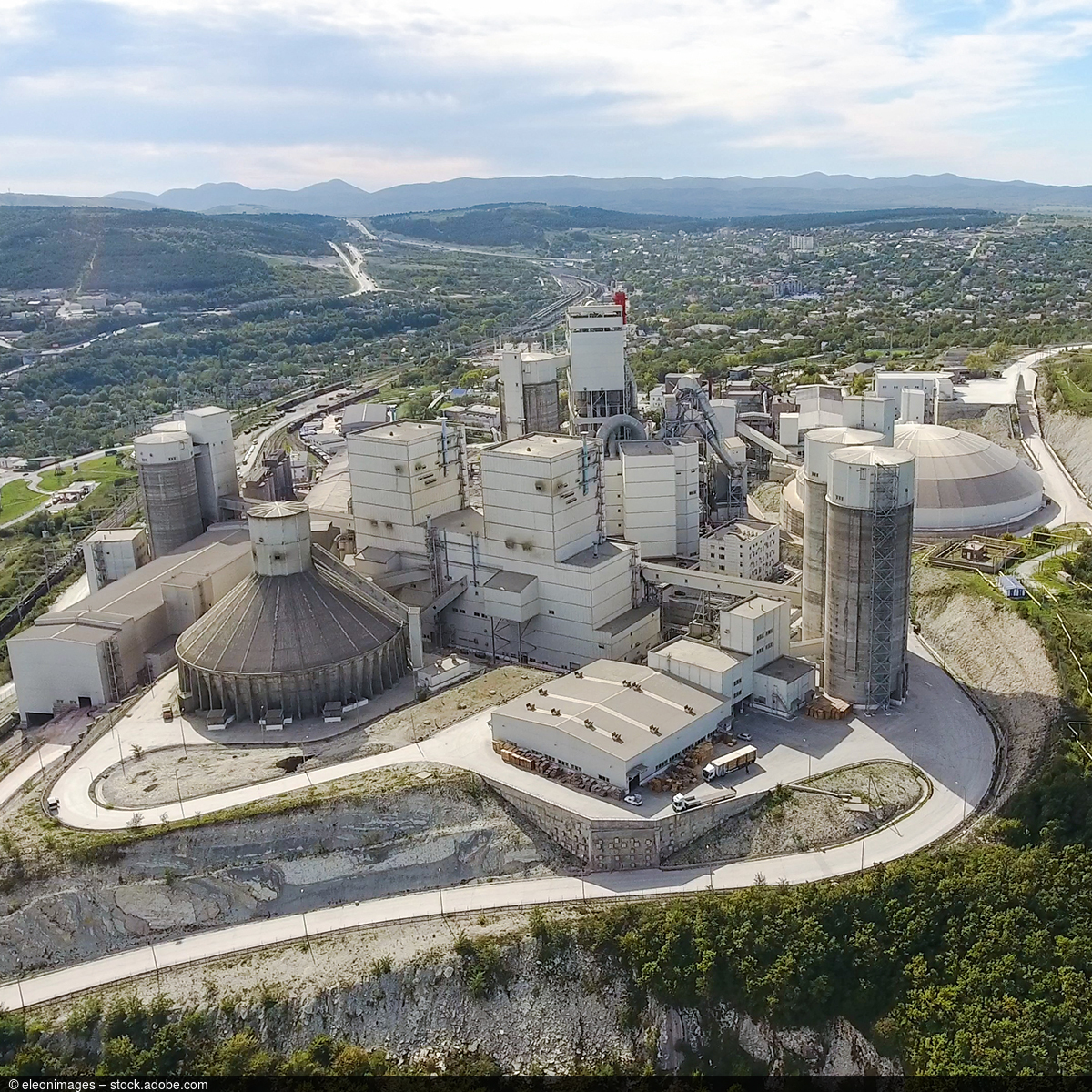How Can Industry Achieve Cost-Efficient Decarbonisation?
ResearchStudy by ZEW and the University of Mannheim Offers Guidance for Policymakers
According to the UN’s Intergovernmental Panel on Climate Change (IPCC), global greenhouse gas emissions must be significantly reduced to meet the Paris Climate Agreement targets. If companies are to achieve the ‘net zero’ goal by 2050, they will have to drastically lower their emissions and offset the remaining ones, especially in industrial sectors. A recent study by ZEW and the University of Mannheim presents a generic cost model that allows companies to implement cost-effective combinations of technological and operational changes to significantly reduce their greenhouse gas emissions. The resulting abatement cost curves can also be used as a decision-making tool for managers to determine optimal abatement levels in response to environmental regulations such as carbon pricing.
Application to the cement industry
The study focuses on the application of its economic model to the decarbonisation of the cement industry, highlighting incentives to lower CO2 emissions in this sector. The model framework is calibrated using data from European cement plants that are required to purchase emission allowances under the European Emissions Trading System (EU ETS). The cement industry accounts for approximately eight per cent of the global CO2 emissions. A significant portion of these emissions arises during the production process and cannot be avoided by replacing fossil fuels with renewable energy sources.
The analysis reveals that depending on the price of CO2 certificates in the EU ETS, companies are incentivised to reduce their carbon emissions to varying degrees. The study focuses on a representative cement plant with an annual production capacity of one million tonnes of clinker and 832,000 tonnes of direct CO2 emissions. Without the emission reductions, the company would have to purchase 832,000 emission allowances each year.
Investments to reduce CO2 emissions more cost-effective than certificates
If the average price of certificates was to remain at their 2023 average value of 85 euros in the coming years, the company would have an incentive to reduce its direct carbon emissions by a third relative to the status quo. “The annual costs for the certificates would be so high that it would be worthwhile for the company to invest in technologies to lower CO2 emissions instead,” says study author Stephan Reichelstein, ZEW Research Associate and professor at the University of Mannheim. “The prospect of a price of 141 euros per tonne of CO2 would even provide incentives for a near-full decarbonisation of at least 96 per cent,” says Reichelstein.
Process improvements, use of alternative raw materials, carbon capture technologies
The study also presents options that cement producers can utilise individually or in combination to significantly reduce their carbon emissions. “We consider nine different technically mature measures,” says Reichelstein. “These include process improvements and the replacement of raw materials with other materials, but also carbon capture technologies.” For example, limestone can be partially replaced with recycled concrete from old, demolished buildings in clinker production. If clinker is ground more finely, its reactivity is increased and it can be partially replaced by limestone when the cement is further processed into concrete; levers such as calcined clays also reduce the amount of clinker required per tonne of cement. Alternative fuels such as biomass can replace fossil fuels when heated in the kiln. With calcium looping, oxyfuel and amine scrubbing, various technologies are available for capturing carbon emissions.
Background information on cement production
In cement production, limestone is ground, mixed with gypsum, shale, clay or sand as required, and then heated to produce cement clinker. Once this clinker has cooled, it is ground into cement. During the grinding process, materials such as gypsum or fly ash can be added to give the cement certain properties. Almost all direct CO2 emissions from cement production come from the conversion of limestone into clinker. Around two thirds of the emissions result from the chemical separation of the limestone. The remaining third of the emissions are caused by burning fossil fuels – often coal – to heat the kiln.

